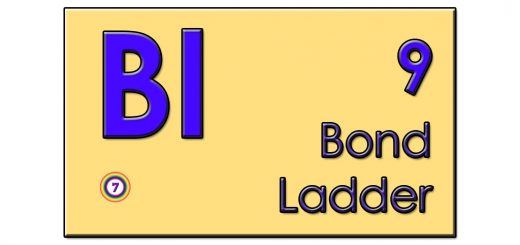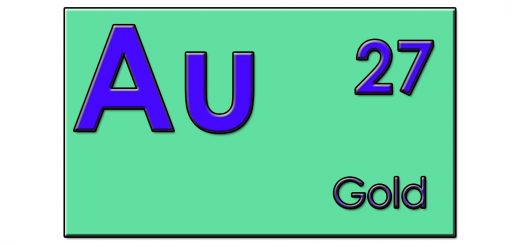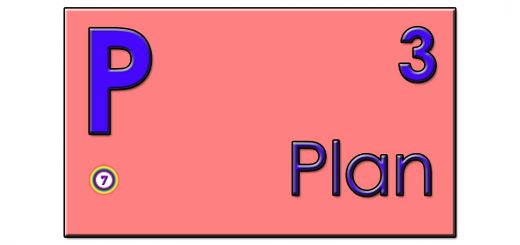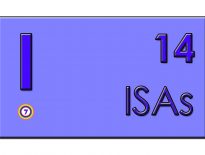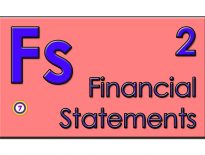OEICs (Funds) – Elements 6

This post is part of the Elements series, a Periodic Table of all the Investing Elements that you need to take control of your financial life. You can find the rest of the posts here.
What is it?
OEICs are a form of collective investment fund.
- OEIC stands for open-ended investment company.
- OEICs used to be known as unit trusts in the UK and are still known as mutual funds in the US.
ETFs and investment trusts (ITs) are the other two main types of collective fund, and OEICs have much in common with them.
One important distinction is that ETFs are generally passive (they slavishly follow a benchmark, such as a market index.
- Investment trusts are usually actively managed by a fund manager.
- OEICs exist in large numbers in both categories.
The sub-set of OEICs that track an index are known as index funds.
- Together with ETFs they make up a group known as index trackers.
Open-ended means that shares are created when investors add money to the fund and redeemed when investors withdraw money.
- This can cause problems when the fund is invested in underlying assets which are illiquid (difficult to turn into cash – see below).
This is in contrast with closed-ended funds, which have a fixed number of shares in issue.
- Closed-ended funds are normally listed on an exchange, and a run of buyers or seller will be reflected in the market price of the shares.
- Investment trusts in particular can trade at discounts or premiums to their underlying asset values.
- OEICs and ETFs don’t do this. ((ETFs have a special mechanism operated by the issuer to ensure that they don’t ))
What kind of element is it?
An OEIC is a financial asset – it’s something that you own, usually inside a wrapper such as an ISA or a SIPP.
Who needs it?
This is a difficult question to answer without going through a bit of history.
The earliest form of collective fund was the investment trust (IT).
But when the financial markets were deregulated and funds were marketed to retail investors, unit trusts (the forerunners of OEICs) were preferred to ITs because they paid commission to intermediaries.
When index funds were invented in the 1970s, they first took the form of unit trusts.
So for a long time, unit trusts were the default collective fund, both passive and active.
- This was despite the fact that ITs generally offered better performance and lower costs in the active space.
Then ETFs came along and undercut unit trusts in the passive space.
- People started to gradually switch over to ETFs.
After the Retail Distribution Review (RDR) outlawed paying commission to intermediaries, the direct costs of what were now OEICs fell.
- In the passive space, they became competitive with – if a little less flexible than – ETFs.
- They were also now cheaper than ITs in the active space.
The snag is that commissions have been replaced by platform fees for holding OEICs which generally makes them uncompetitive for large portfolios.
- ETFs and ITs usually benefit from capped holding fees, since providers make money from commissions on transactions.
So for most people aiming for financial independence, a mixture of ETFs, ITs and direct holdings in home country (UK) stocks will work better than OEICs.
For small portfolios, and in situations where you do not have access to ITs and ETFs (eg. a workplace pension), OEICs can do a reasonable job, but they are no longer the preferred option.
Apart from costs and the range of potential investments, OIECs also have potential liquidity problems.
Many investors prefer being able to buy and sell their ETFs in the market.
In order to answer the remaining questions, we’ll assume that you have chosen to hold at least a proportion of your collective funds as OEICs.
What comes before it?
As with all types of collective fund, you need a budget and a plan, and some financial statements to show how far along with your plan you have got.
Your plan will include an asset allocation – a description of which assets you want to hold, which in turn will depend on your risk tolerance (another part of your plan).
And you need a tax-shelter – a wrapper to hold the OEIC inside. This will normally be a SIPP or an ISA.
What comes after it?
If you hold it in an ISA, nothing – you just sell the OEIC when you need the cash, and take it out of your ISA.
If you hold it in a SIPP (a form of pension), you need to put the SIPP into Drawdown before you can access the cash. This in turn means that you need to be 55 years old.
What age do you need it from?
As soon as you start saving, so ideally no later than 25.
What age do you need it until?
For the rest of your life. You will be living off your OEICs in retirement (decumulation).
How much does it cost?
Costs vary widely, both in terms of the OEICs themselves and the wrappers and platforms you hold them on.
- Remember to add on the platform holding fees when working out what your annual charge will be.
The better platforms will include a “Core” range of perhaps a dozen OEICs that are relatively cheap (0.07% to 0.25% pa). The drawback will be that less than a dozen asset classes will be covered.
For many people this will not be a problem. For those who want exposure to long-term potential growth across all asset classes, additional – higher-cost – OIECs will need to be added.
Including platform fees, a basic portfolio might cost 0.4% to 0.6% pa.
- Adding in more specialist OIECs might take this charge up to 0.9% to 1.2% pa.
Annual fees compound significantly over long periods of time, and you should aim to get your annual costs down into the 0.4% to 0.6% range.
What’s in it?
Unlike ETFs, which sometimes create their portfolios “synthetically” via specialised contracts with banks, OEICs generally hold the underlying assets that the fund specialises in.
- For index trackers this means replicating the index, and buying and selling stocks as they join and leave it.
- Some will hold only a sub-set of the constituents – these may be cheaper, but may not track the index quite as well.
What does a good one look like?
As with ETFs, there are four things to look for in an index tracking OEIC:
- it comes from a reliable provider
- it’s big (has a lot of funds under management)
- it has low running costs (annual charges) for the asset class that it covers
- it has a track record of sticking close to its target index
For actively managed OEICs, substitute outperforming its index for sticking close to it.
What does a bad one look like?
A bad ETF has the opposite four features:
- it comes from a new and unproven provider
- it’s small
- it has high charges for its asset class
- it has no track record, or a track record of drifting far from its index, or underperforming its index
Any recommended brands?
It’s been a long time since I bought any OEICs.
- Good brands in the index tracking space are L&G, HSBC, Fidelity and BlackRock.
What are the main risks?
The main potential problem with open-ended funds is liquidity.
- If you hold shares in a property fund, and there are widespread fears that property values might fall ((As happened after the Brexit referendum in June 2015 )) then lots of people will try to sell the fund.
- The fund can’t sell the underlying buildings that quickly, and once its cash buffer is used up, it will be forced to suspend redemptions.
OEICs are not a good way to access illiquid assets.
Another risk, but one that averages out over time, is that OEICs use forward pricing.
- They are valued once a day (normally at noon) and all orders received since the previous valuation are executed at that price.
- So you don’t know what price you will get when you order.
- The price is as likely to be better than expected as it is to be worse, so this is nothing to worry about.
OEICs rarely have two prices (for buy and sell, known as a bid-offer spread) they generally trade at a single price.
- Unit trusts (some still exist) often have two prices.
How do you deal with these risks?
Don’t buy any OEICs that invest in things that aren’t traded daily on an exchange.

